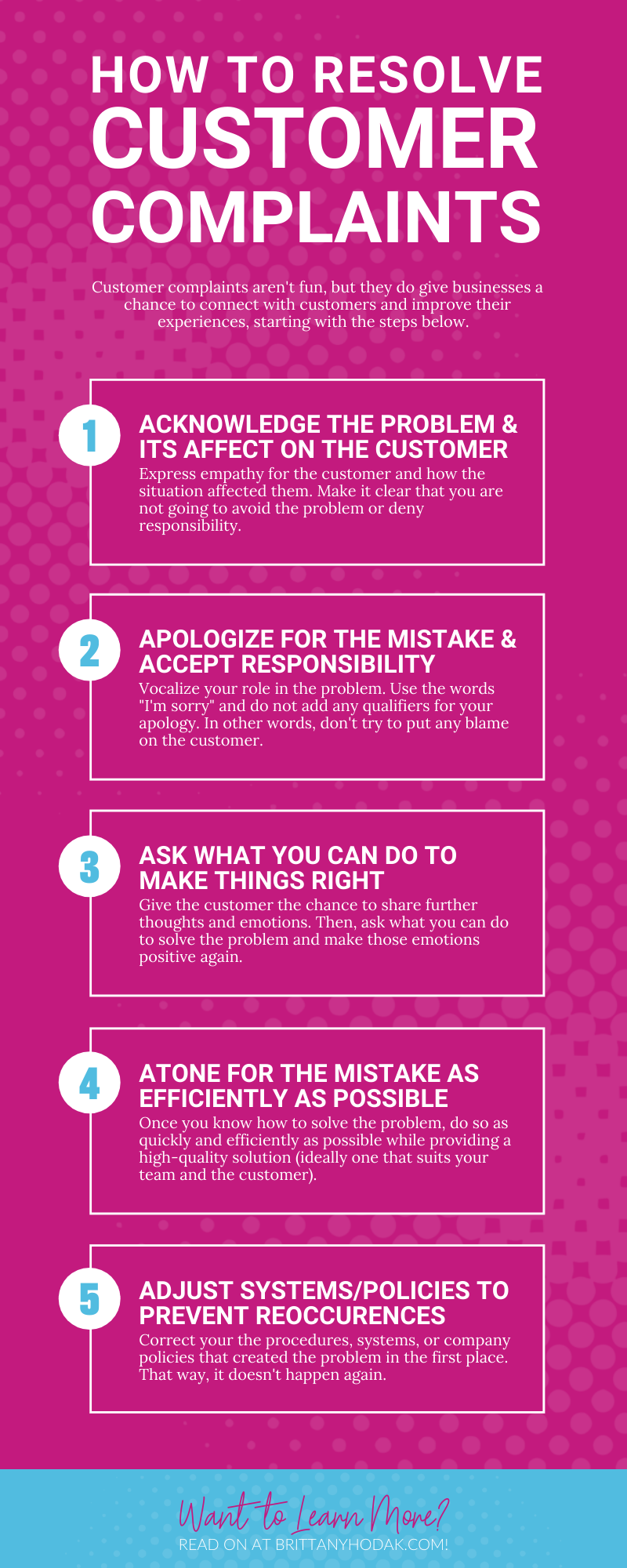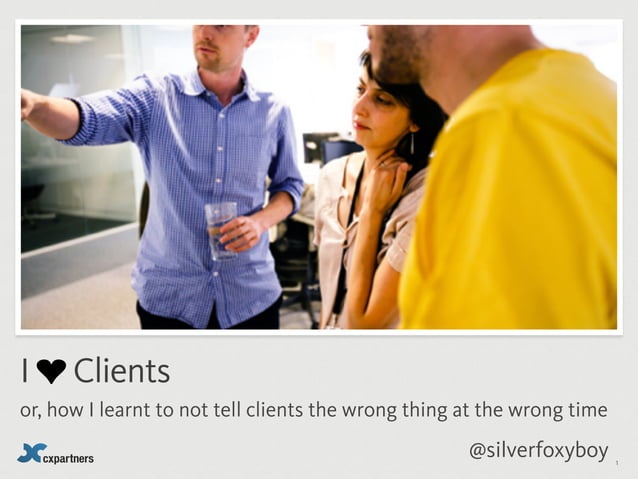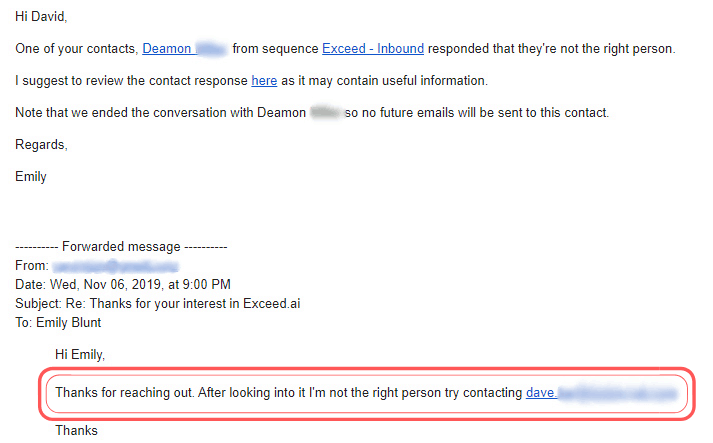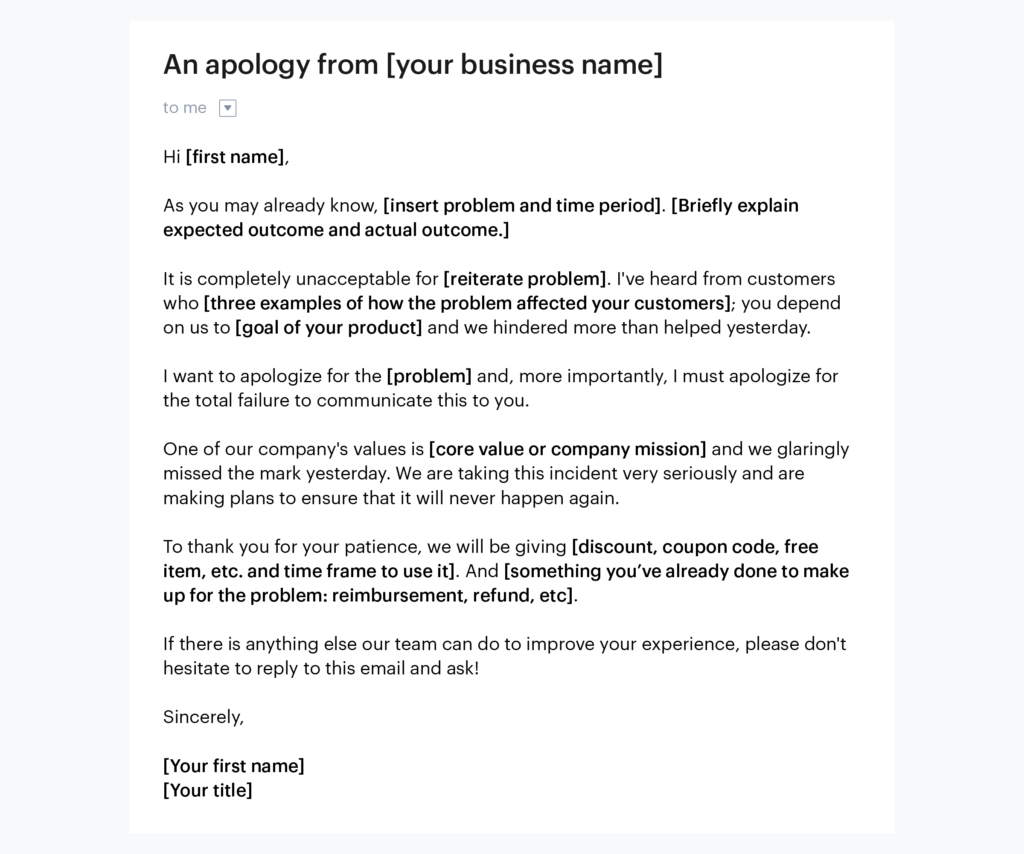How To Tell A Client They Are Wrong

Imagine this: You're in a sun-drenched conference room, the air thick with the scent of ambition and freshly brewed coffee. You've just presented a meticulously crafted marketing strategy to a long-standing client, only to be met with a suggestion that feels… well, completely off-base. They’re convinced their idea is groundbreaking, despite your data suggesting otherwise.
Navigating this delicate situation – telling a client they are wrong – is a crucial skill for any professional service provider. It’s not about winning an argument; it's about guiding them towards the best possible outcome while preserving the relationship.
The ability to deliver constructive criticism hinges on building a foundation of trust and mutual respect. Clients hire experts for their knowledge, but they also value being heard. The key is to balance both.
The Foundation: Building Trust and Rapport
Before disagreeing, demonstrate you understand their perspective. Start by actively listening to their idea, asking clarifying questions, and summarizing their points to confirm comprehension.
Acknowledge the merit in their thinking, even if you disagree with the execution. Perhaps their core idea aligns with a trend, even if the specific tactic is flawed.
This validation helps clients feel valued, making them more receptive to alternative viewpoints.
Presenting Data as a Guiding Light
Rather than directly stating "you're wrong," frame your disagreement as a data-driven recommendation. "Based on our research, we've found that this approach has historically yielded X results in similar situations."
Back up your claims with concrete evidence. Refer to market research, past campaign performance, or industry best practices. Statistics speak volumes.
Visual aids, such as charts and graphs, can further solidify your point without sounding confrontational.
The Art of Suggestion: Guiding Towards a Better Solution
Instead of simply pointing out flaws, offer alternative solutions. "While I appreciate your idea, we could potentially achieve a better result by..."
Present your suggested approach as a collaborative effort. "What if we combined your initial idea with this strategy we've developed?"
Focus on the benefits of your recommended approach. Highlighting the potential ROI, increased efficiency, or reduced risk can sway their opinion.
Choosing Your Battles: Knowing When to Concede
Not every disagreement is worth fighting over. Sometimes, it's wiser to concede on minor points to maintain a healthy relationship.
Evaluate the potential impact of their idea. If it's unlikely to cause significant harm, allowing them to proceed might be a worthwhile compromise.
Document your concerns and the potential consequences of their approach, protecting yourself from future blame if things don't go as planned.
"The goal is not to be right, but to achieve the best possible outcome for the client." - Anonymous Consultant
Long-Term Relationship: The Ultimate Goal
Remember, client relationships are built on more than just project outcomes. They're built on communication, respect, and a shared vision.
By delivering constructive criticism in a thoughtful and empathetic manner, you demonstrate your commitment to their success and solidify your position as a trusted advisor.
Ultimately, telling a client they're wrong, when done right, isn't about conflict; it's about collaboration and achieving the best possible results together. A strong client relationship can be forged in those moments.


















